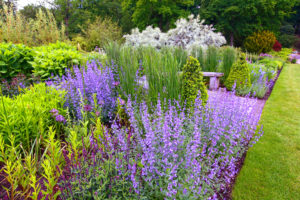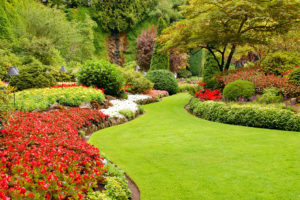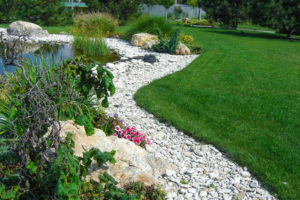Landscape edging comparison chart
| Material | Appearance | Durability | Ease | Cost |
Plastic (HDPE) |
Moderate | High | High | Low |
Rubber |
Moderate | High | Moderate | Low |
Steel |
Moderate | High | Moderate | Moderate |
Wood |
Moderate | Low | Moderate | Moderate |
Brick |
High | High | Low | High |
Pavers |
High | High | Low | High |
Rock |
High | High | Low | High |
Stone |
High | High | Low | High |
Concrete |
High | Moderate | Low | High |
LANDSCAPE EDGING APPLICATIONS
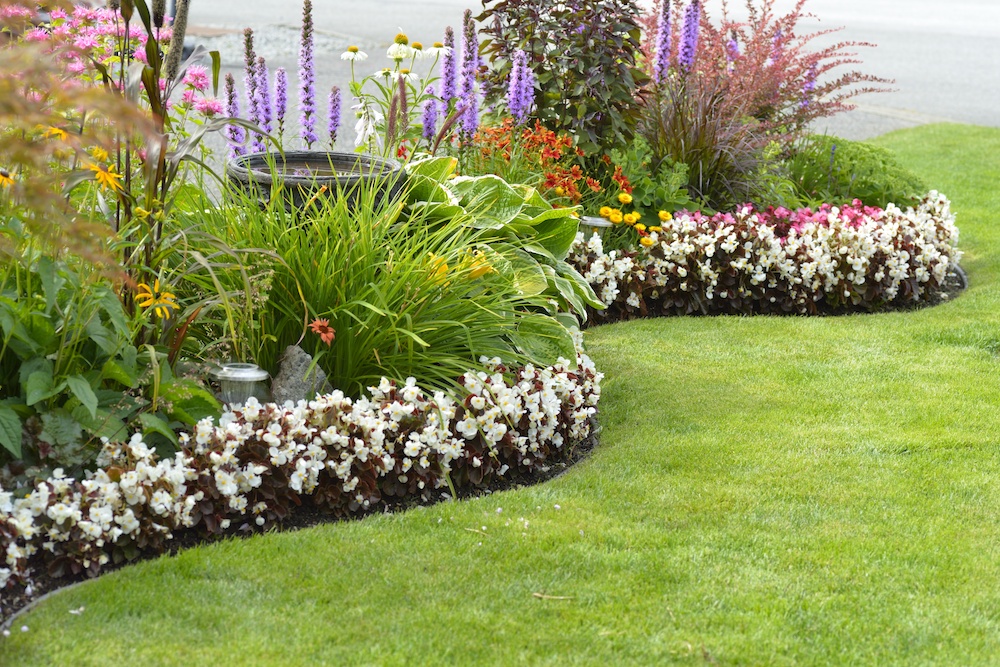
Separating Lawn and Garden
By far, the most common application for landscaping edging is separating the lawn from spaces dedicated to growing, such as flower beds or gardens. Edging acts as both a visual and functional barrier to keep grass from encroaching on garden areas and vice versa.

Mowing Strip
Some landscape edging products provide a low barrier that visually separates your lawn from your driveway or landscaping while supporting a lawnmower’s weight and wheels. This approach can significantly reduce the time required for lawn care.
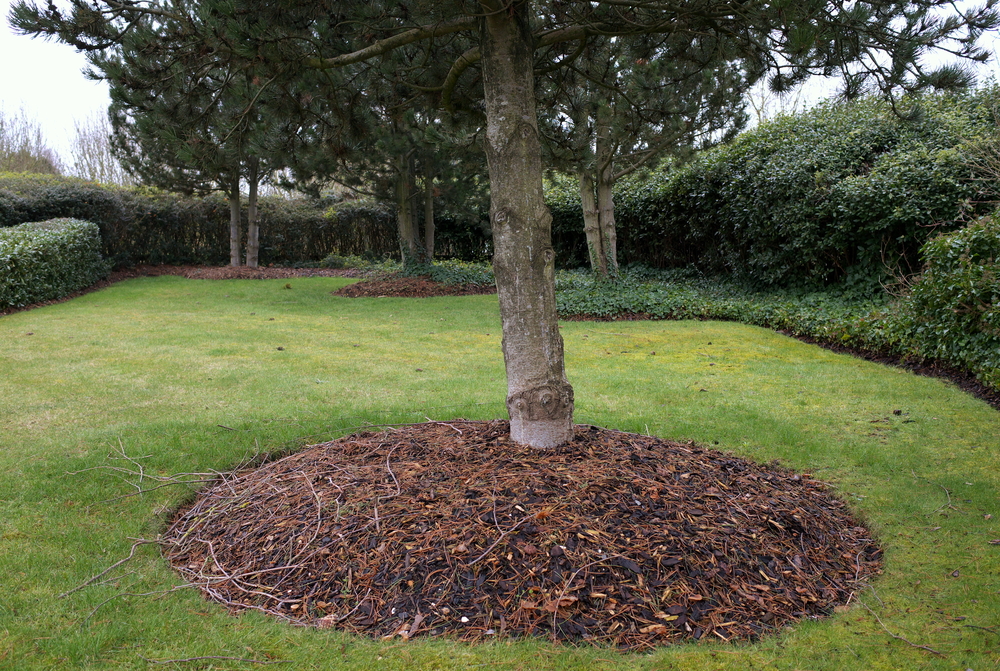
Mulch Retention
For mulch around trees, shrubs, or flower beds. This type of edging frequently extends 2 inches above ground level and 4 inches below.
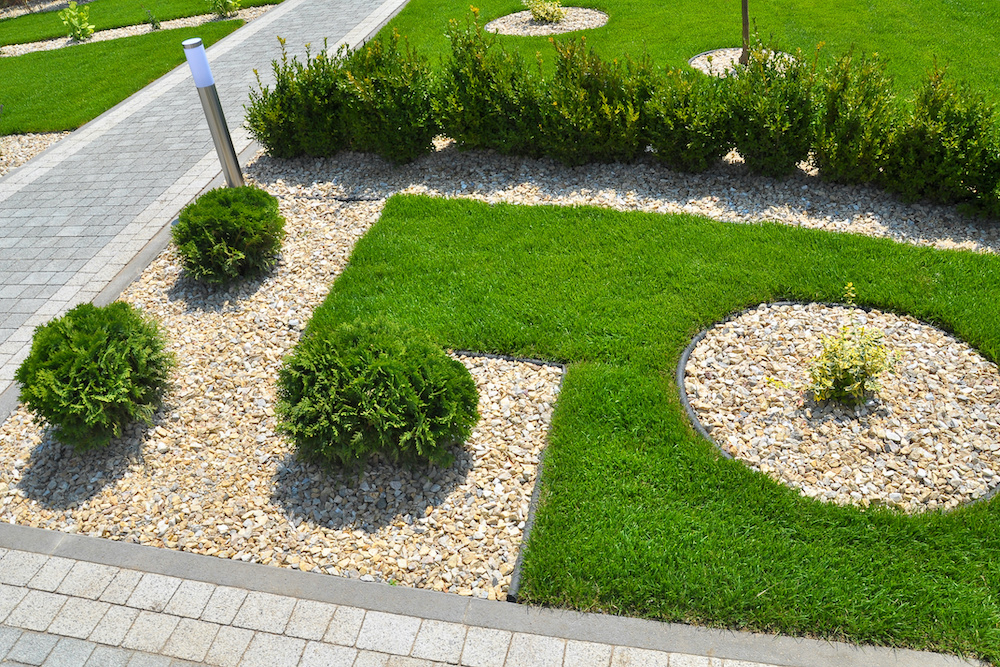
Visual Definition
If the edging is purely aesthetic, options are virtually limitless!
Landscape edging materials
There’s almost no limit to the variety of materials that can be used in landscape edging. Landscape edging serves one or two purposes: providing a physical separation or barrier, a visual separation or barrier, or both. That said, commercially produced landscape edging falls into several broad categories. Each material has its benefits and characteristics. It’s essential to understand this, to select the correct material.
Plastic landscape EDGING
Economical, durable, and easy to work with, plastic has been the go-to material for both homeowners and landscapers.
Rubber landscape EDGING
Moderately priced and easy to work with, but rubber doesn’t stand up to harsh sun exposure as well as some other materials.
Steel landscape EDGING
Incredibly durable, steel edging is often used in commercial settings to separate lawn areas from shrubs or borders.
Wood landscape EDGING
Moderately priced and easy to work with, but even treated lumber isn’t exceptionally weather-resistant and is prone to warping, splitting, and cracking.
Pavers FOR landscape EDGING
Very attractive and moderately expensive, pavers are highly versatile as edging. They often require significant labor for proper installation.
Stone landscape EDGING
Beautiful and durable but expensive, stones are often used where eye appeal and longevity are more important than cost.
Concrete landscape EDGING
Moderately expensive but also very durable, concrete is often shaped into flat bricks. It’s useful as a mow strip because it eliminates the need for trimming.
Landscape edging ideas and inspiration
Successful landscape edging is both functional and aesthetically pleasing — it should enhance the appearance of your outdoor landscape while separating areas with different materials and designed for various purposes. We’ve gathered some ideas to inspire you so that you can enjoy outdoor living even more.
How to install landscape edging
Details vary based on the materials chosen for your landscape edging, but the process most often looks like this:
-
- Define your purpose: Do you need a physical barrier, visual separation, or both? Will your edging be exposed to mowers, edgers, or foot traffic?
- Determine your budget: Small or large, every project has a budget, and it’s one of the most significant factors influencing the landscape edging materials chosen.
- Select materials: Since different materials have different strengths and weaknesses, this is far easier after steps 1 and 2. Now you can focus on color, pattern, and profile or shape.
- Create a blueprint or plan: Critical to a successful landscaping project is a diagram showing placement, measurements, and materials.
- Prepare the work area: Keep the work area clear of pets, pedestrians, and objects like lawn furniture or grills.
- Mark edges: Use a guide to define the boundaries of your project; string for straight edges or hose for curved, organic lines.
- Dig: Remove grass and earth from the install area. Store on a tarp for reuse.
- Install: Insert and, if needed, secure your edging material with stakes.
- Fill: Replace most of the earth from step 7.
- Enjoy: You have a more attractive, more livable, and functional outdoor space.
For more detailed information, see our installation tips for Coiled Edging and Terrace Board.
Tips for landscape edging
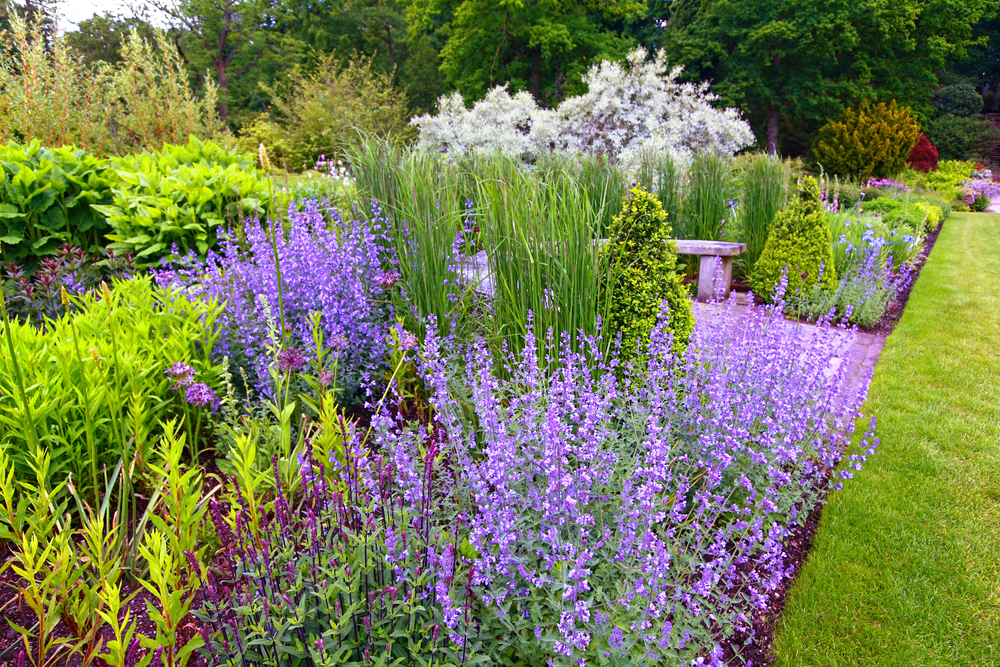
Balance appearance with cost.
While cut stone blocks look lovely, they’re also very expensive. Many more affordable edging materials (such as plastic) are also very attractive, allowing you to edge a larger area and still have it look great.
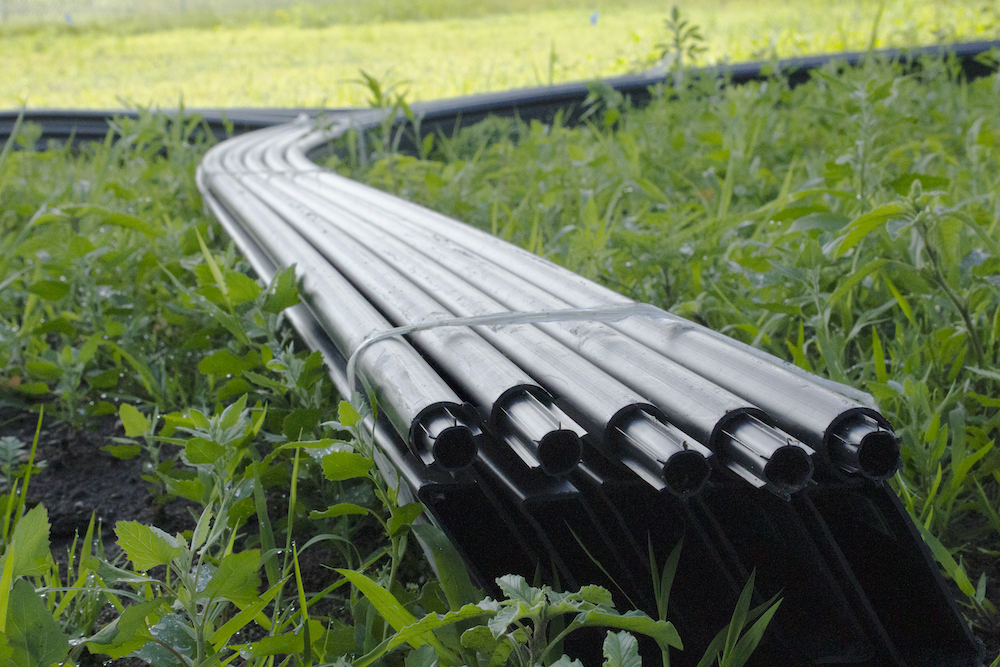
Purchase more material than you need.
Nothing kills your enthusiasm for a project like stopping because you’ve run out of material. Purchase an extra roll of edging or a few extra bags of mulch or stone. You can always return them if you don’t need them.
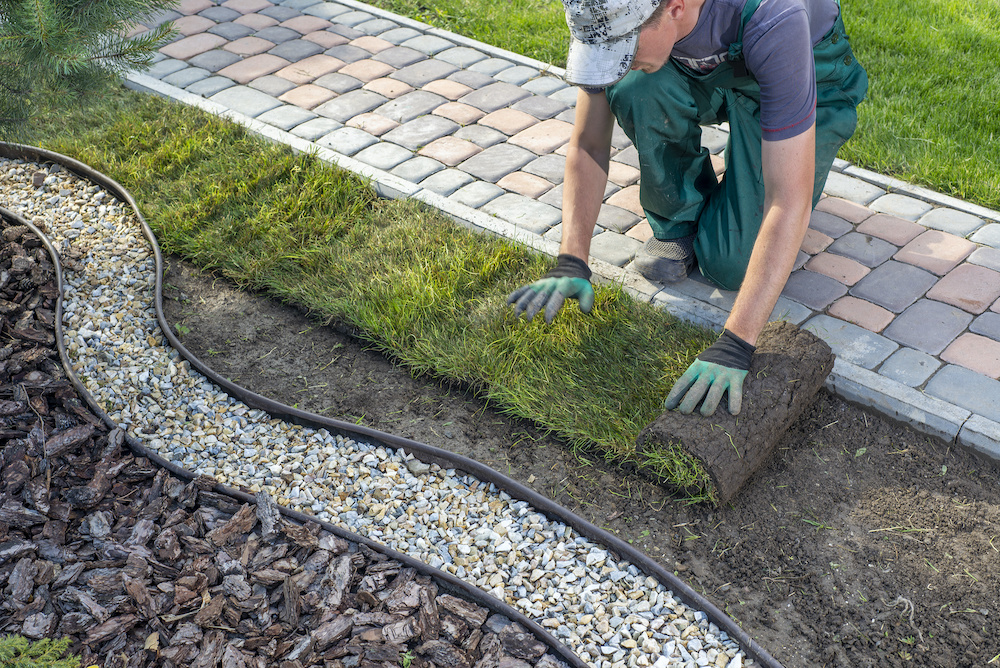
Take your time.
We know you’re eager to enjoy your new beautiful outdoor space, but when you hurry, you make mistakes. Slow down a little, and you’ll actually save yourself from hours of rework.
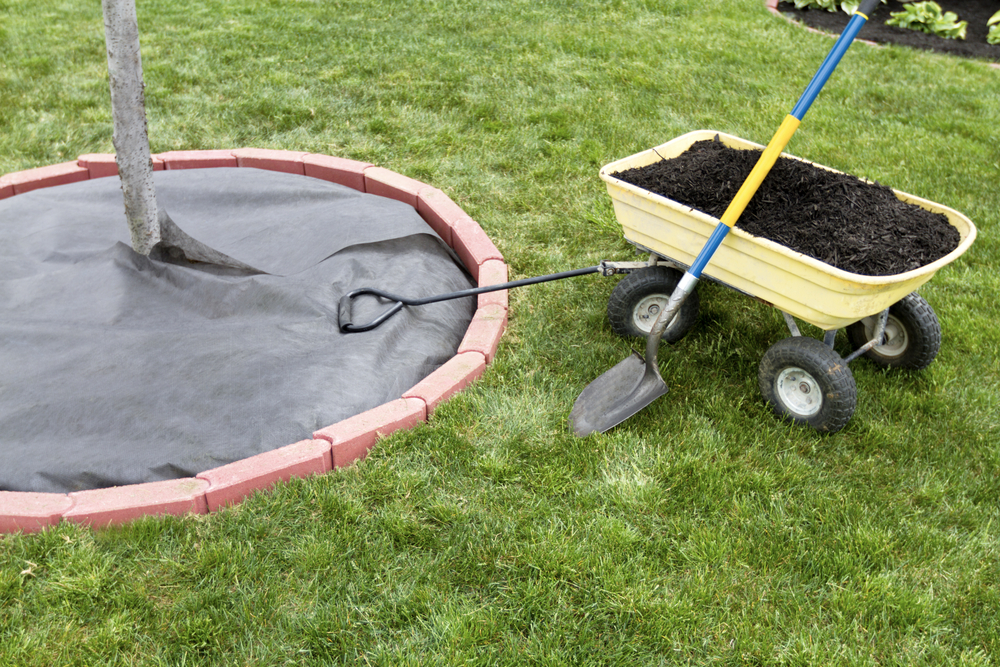
Be careful.
Installing landscape edging is physically demanding. There is a lot of bending, lifting, and digging. Working too hard can not only cause injury, it also takes all of the joy out of your project.
Ready to use Master Mark?

